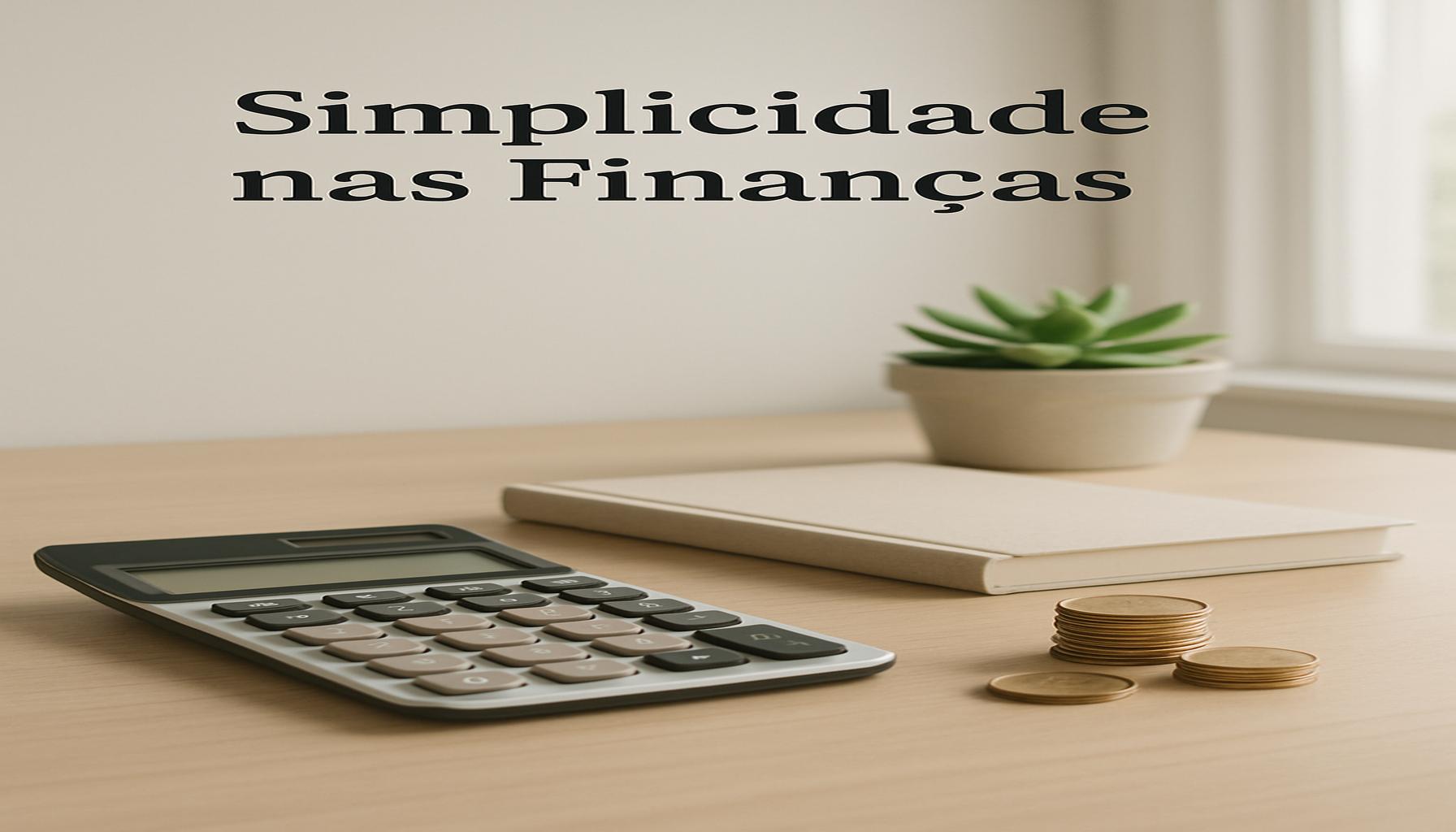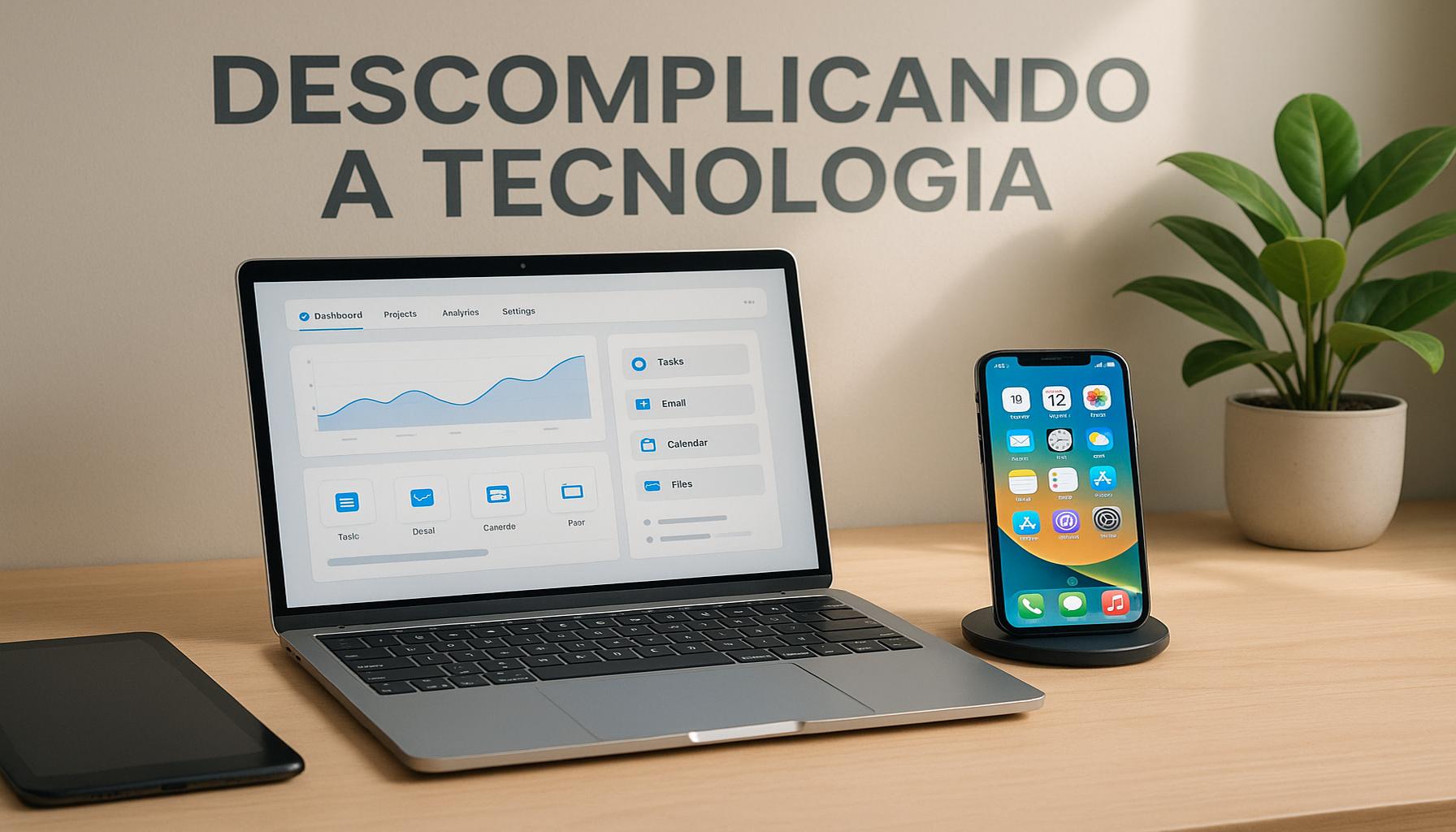Simplicity in Finance: How Minimalism Can Help Control Your Spending

Understanding Minimalism in Finance
In a world filled with financial complexities, adopting a simpler approach can lead to greater peace of mind. Minimalism doesn’t just apply to physical spaces; it can also revolutionize how we manage our money. By embracing a minimalist mindset, individuals can gain control over spending and make more conscious financial decisions. This shift in perspective encourages individuals to reflect on their values and prioritize financial simplicity, ultimately paving the way for fulfillment in both personal finances and overall well-being.
Key Benefits of Minimalism in Finance
- Clarity: Simplifying your financial life removes unnecessary distractions. A cluttered financial portfolio—riddled with multiple credit cards, accounts, and loans—can create confusion. Streamlining accounts to a few key ones not only simplifies tracking but provides a clearer view of your financial health.
- Awareness: You become more mindful of your spending habits, allowing you to identify areas for improvement. For example, tracking your daily expenses through minimalist budgeting apps allows you to see where your money goes, highlighting those often-overlooked expenditures like that daily coffee run or subscription services.
- Reduced Stress: A minimalistic approach can significantly decrease financial anxiety and pressure. Research from the American Psychological Association suggests that financial worries are among the top stressors for Americans. By simplifying financial processes, individuals can experience a sense of relief and increased mental clarity.
What does it mean to live minimally in terms of finances? This concept invites us to evaluate our priorities, focusing on what truly matters. Many people in the United States have found that less is often more when it comes to achieving financial health and stability.
Practical Steps Toward Financial Simplicity
- Budgeting: Embrace minimalist budgeting strategies like the 50/30/20 rule. This popular method recommends allocating 50% of your income to needs, 30% to wants, and 20% to savings. This clear framework makes it easier to manage finances without feeling overwhelmed.
- Cutting Unnecessary Expenses: Identify subscriptions or services that don’t add value to your life. A 2022 survey by CivicScience found that the average American spends approximately $200 a month on unused subscriptions. Canceling those that provide minimal enjoyment can free up both money and mental space.
- Mindful Shopping: Practice delayed gratification to avoid impulse purchases. Techniques such as the 30-day rule—where you wait three weeks before purchasing non-essential items—can help curb impulse buying and cultivate a more intentional spending habit.
By weaving simplicity into financial practices, you pave the way for a more intentional and satisfying financial journey. Embracing a minimalist approach not only helps in managing current finances but also sets a foundation for future financial stability. Let’s dive deeper into how minimalism can effectively reshape your financial landscape, encouraging a thoughtful relationship with money that aligns closely with your personal values and goals.
DISCOVER MORE: Click here to enhance your focus
Embracing Minimalism: Initial Steps to Financial Clarity
As individuals begin their journey toward financial simplicity, the initial steps often require a shift in mindset. By adopting minimalism in finance, you step away from the chaos of excessive choices and financial clutter. This deliberate focus allows you to cultivate a deeper appreciation for your financial resources and how they align with your life goals. As you delve further into this approach, the process unveils pathways to a clearer and more manageable financial existence.
Evaluating Your Current Financial Landscape
Before embarking on a minimalist financial journey, it’s crucial to first understand your existing financial situation. Conducting a thorough review of your income, expenses, savings, and debt provides a foundation upon which to build. Utilize tools such as financial apps or spreadsheets to gain insight into your patterns. This awareness is the first step in recognizing which areas may be over-complicated or unmanageable.
Streamlining Accounts and Debt Management
- Consolidating Accounts: If you possess multiple bank accounts or credit cards, consider consolidating them. Managing fewer accounts reduces the chance of missed payments and enhances clarity. For the average American, juggling numerous accounts can quickly become overwhelming, leading to unnecessary stress and potential financial errors.
- Debt Reduction Strategies: Focusing on paying off high-interest debt first is a key component of minimalism in finance. Prioritize debts by interest rates, employing methods like the avalanche or snowball method. This simplified approach to debt management can lead to quicker results and foster a sense of accomplishment.
When you eliminate unnecessary accounts and make a conscious effort to manage your debt, you create a streamlined approach that allows you to concentrate on building wealth and achieving your financial goals. The peace that comes with knowing exactly where your money is allocated cannot be overstated. This clarity fosters the inspired steps needed to thrive financially.
Reassessing Values in Spending
Minimalism in finance encourages deep self-reflection regarding spending habits. One essential practice involves questioning the true necessity of each purchase. Ask yourself, “Does this purchase bring me joy or contribute meaningfully to my life?” By reframing your perspective in this way, you’ll begin to realize how many purchases are impulsive or unnecessary.
The ability to distinguish between needs and wants is profound. A survey conducted by Bankrate indicated that a significant percentage of Americans feel guilty about their spending habits. By embracing a minimalist mindset, you can transform this guilt into awareness, paving the way for more mindful spending practices.
As we traverse further into the nuances of minimalism, we’ll explore practical budgeting techniques, the art of mindful purchasing, and how aligning your values with your financial choices can lead to a more fulfilling financial experience.
| Key Advantage | Description |
|---|---|
| Reduced Overwhelm | Minimalism leads to clearer financial choices. With fewer distractions, you can make better spending decisions. |
| Enhanced Savings | Staying focused on essentials enables you to prioritize saving, bolstering your financial future significantly. |
Embracing minimalism in finance goes beyond cutting costs; it’s about cultivating a mindset focused on sustainable spending habits. By reducing what you own, you can more easily identify the purchases that genuinely add value to your life. This clarity not only eases financial stress but also opens doors to smarter investments for long-term goals. As you learn to distinguish between needs and wants, you foster a deeper understanding of where your money flows. This transformation can have far-reaching implications, from strengthening your emergency fund to bettering your investment portfolio. Each decision is a step towards a more controlled financial reality, making your path to financial freedom not just a dream, but an achievable goal. Consequently, it is essential to delve deeper into how minimalism can refine spending habits, allowing one to explore the realms of financial security and independence.
DISCOVER MORE: Click here to learn about creating a mindful space
Transforming Spending Habits: Mindfulness and Budgeting
With an understanding of your current financial situation and streamlined accounts, the next phase involves honing in on your spending habits. Minimalism encourages a thoughtful examination of what we purchase, which can lead to profound changes in our financial wellbeing. This stage prioritizes mindful spending and the establishment of a budget that echoes your core values and financial objectives.
The Power of Mindful Purchasing
Mindful purchasing goes beyond merely asking whether something is needed; it’s about aligning purchases with your long-term goals and values. The adoption of this principle can substantially alter your approach to consumerism. For instance, if you deeply value experiences over material possessions, you might prioritize travel or dining out over purchasing a new gadget or clothing item.
One effective method is to implement the “24-hour rule.” This entails waiting a full day before making any non-essential purchases. This short pause allows you to assess whether the item or service genuinely adds value to your life or if it’s just an impulse. Research from the American Psychological Association indicates that delaying gratification can lead to better financial decisions, promoting healthier financial behaviors.
Implementing a Simple Budgeting Method
A clear budget is indispensable in minimalist finance, serving as the blueprint for your financial journey. Rather than embarking on a complex budgeting system that may become overwhelming, consider utilizing the 50/30/20 rule. This straightforward framework divides your income into three categories: 50% for needs, 30% for wants, and 20% for savings and debt repayment. This method cultivates a disciplined approach while still allowing flexibility for enjoyment.
- Needs: This includes housing, food, and necessary bills—essentials that must be prioritized. By recognizing and understanding what genuinely constitutes a “need,” you can avoid unnecessary expenditures.
- Wants: This category allows for some personal indulgence. Here, you determine how much you’re willing to invest in entertainment, dining, and luxuries. This helps you stay accountable while also enjoying life.
- Savings and Debt Repayment: Allocating a solid portion of your income to savings and debt control creates a safety net and fosters financial security. Utilize high-yield savings accounts or invest in retirement funds to maximize potential growth.
With a simple budgeting model in place, individuals are better equipped to resist the urges that often lead to overspending and financial disorder. The clarity of knowing where funds are directed can guide decisions and reduce anxiety as you work toward your financial aspirations.
Aligning Financial Goals with Personal Values
To truly embrace urgency and utility in your financial life, it’s essential to align your financial goals with your personal values. Conduct a values assessment to determine what’s most important to you. Is it freedom, security, family, or perhaps community engagement? By defining these priorities, you can tailor your financial decisions to nurture them.
For instance, if community involvement is a core value, directing a portion of your finances toward charitable giving or local causes can be impactful. Aligning your spending with values fosters a sense of purpose, transforming finance from a mere budget-tracking exercise into a fulfilling pathway toward your desired lifestyle.
By applying the principles of mindful purchasing, straightforward budgeting, and value alignment, you enable your financial journey to flourish with simplicity and clarity. Adopting these strategies not only enhances your understanding of money management but also creates more room for *what truly matters* in life, allowing for a more enriched experience.
DIVE DEEPER: Click here to discover minimalist strategies
Embracing Financial Simplicity for a Fulfilling Life
In conclusion, the journey toward financial freedom and control can greatly benefit from the principles of minimalism. By adopting a mindful spending approach, individuals can shift their focus from accumulating possessions to valuing experiences and well-being. The integration of a simple budgeting method, like the 50/30/20 rule, offers a pragmatic framework that not only promotes discipline but also allows for flexibility in pursuing passions and fulfilling desires.
Moreover, aligning your financial goals with personal values can create a deeper sense of purpose and satisfaction in your financial decisions. Identifying what truly matters to you—be it security, community, or personal growth—fuels more meaningful engagement with your finances. This strategic approach to managing money turns financial planning from a mundane obligation into a fulfilling journey.
As you embrace simplicity in finance, it encourages an ongoing evaluation of spending habits, fostering a culture of intentionality where every dollar spent reflects your unique values and aspirations. Ultimately, by adopting a minimalist mindset, you can gain not just control over your spending but also a path to a more enriched and rewarding life. In today’s fast-paced world, embracing financial simplicity isn’t just a trend; it is a sustainable lifestyle choice that cultivates clarity, reduces stress, and enhances your overall quality of life. Explore these principles, and witness how they can transform your relationship with money.


